7 Great High-Yield Dividend Stocks That Nobody Talks About
It’s hard to believe given how violently stocks sold off last quarter, but most corners of the market are already optimistically priced again.


It’s hard to believe given how violently stocks sold off last quarter, but most corners of the market are already optimistically priced again. The Standard & Poor’s 500-stock index is just 6% below its all-time highs and trades at a sky-high price-to-sales ratio of 2.1.
It’s the same story in the income space. After topping out late last year, rising bond prices have clipped bond yields. As recently as late October, the 10-year Treasury yielded 3.2%. Today, it yields less than 2.7%. And most of the larger “bond substitutes” among large-cap dividend stocks and real estate investment trusts (REITs) don’t yield much better.
If you want a respectable yield, you must hunt for it among smaller names that Wall Street tends to overlook. It’s not for the faint of heart; small-cap stocks have less research coverage and tend to be more volatile.
But with this increased volatility comes the possibility of vastly better returns. A study by Dimensional Fund Research covering 1926-2016 found that small-cap value stocks returned 15.2% per year on average, nearly 50% better than the 10.3% returned by the S&P 500. This is consistent with work by professors Eugene Fama and Kenneth French and others who have explored the “small cap anomaly.”
“Searching for high-quality value stocks in the small-cap space is a tried and true method that works over time,” says John Del Vecchio, co-manager of the AdvisorShares Ranger Equity Bear ETF (HDGE). “It doesn’t work every year or in every market. But over time, the numbers speak for themselves.”
Here are seven solid, mostly smaller, dividend stocks that are off the radars of most investors, both professionals and individuals alike. Expect higher-than-normal volatility, but all pay high enough dividends – between roughly 5% and 12% – to make that additional risk worth taking.
Data is as of Feb. 18. Dividend yields are calculated by annualizing the most recent quarterly payout and dividing by the share price.
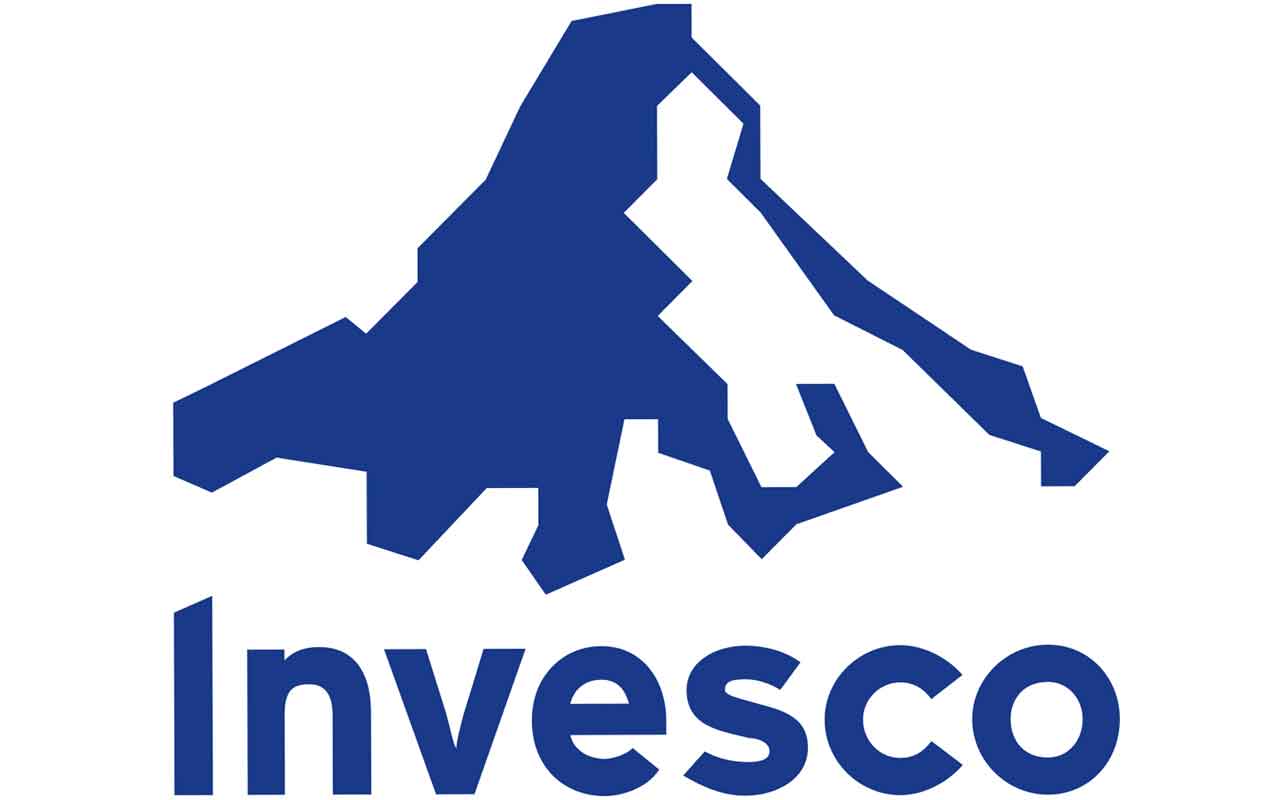
Invesco Mortgage Capital
- Market value: $2.0 billion
- Dividend yield: 10.5%
We’ll start with Invesco Mortgage Capital (IVR, $15.97), a small mortgage REIT with a market cap of about $1.8 billion. Invesco Mortgage Capital, for instance, runs a portfolio of primarily residential mortgage-backed securities (both with and without U.S. government guarantees) and commercial mortgage-backed securities.
This may be a relatively small mortgage REIT, but it has been publicly traded since 2009 and has managed to survive and thrive in one of the more complex and difficult interest-rate environments in history.
At their core, mortgage REITs are not much different than banks. Their basic business model is to borrow cheaper, lend the money out at a higher rate and profit from the spread. That gets to be a lot more difficult when the yield curve is flattish and there is a lot of competition for high-quality mortgage assets. Yet Invesco Mortgage has managed to keep its dividend steady or even grow it since 2016. Today’s payout is lower than it was during the REIT’s early years, but that is to be expected as yields on mortgage assets have fallen over the past decade.
IVR trades at a slight discount to book value and sports a dividend yield of more than 10%. Not too bad in a world where the 10-year Treasury yields less than 3%.
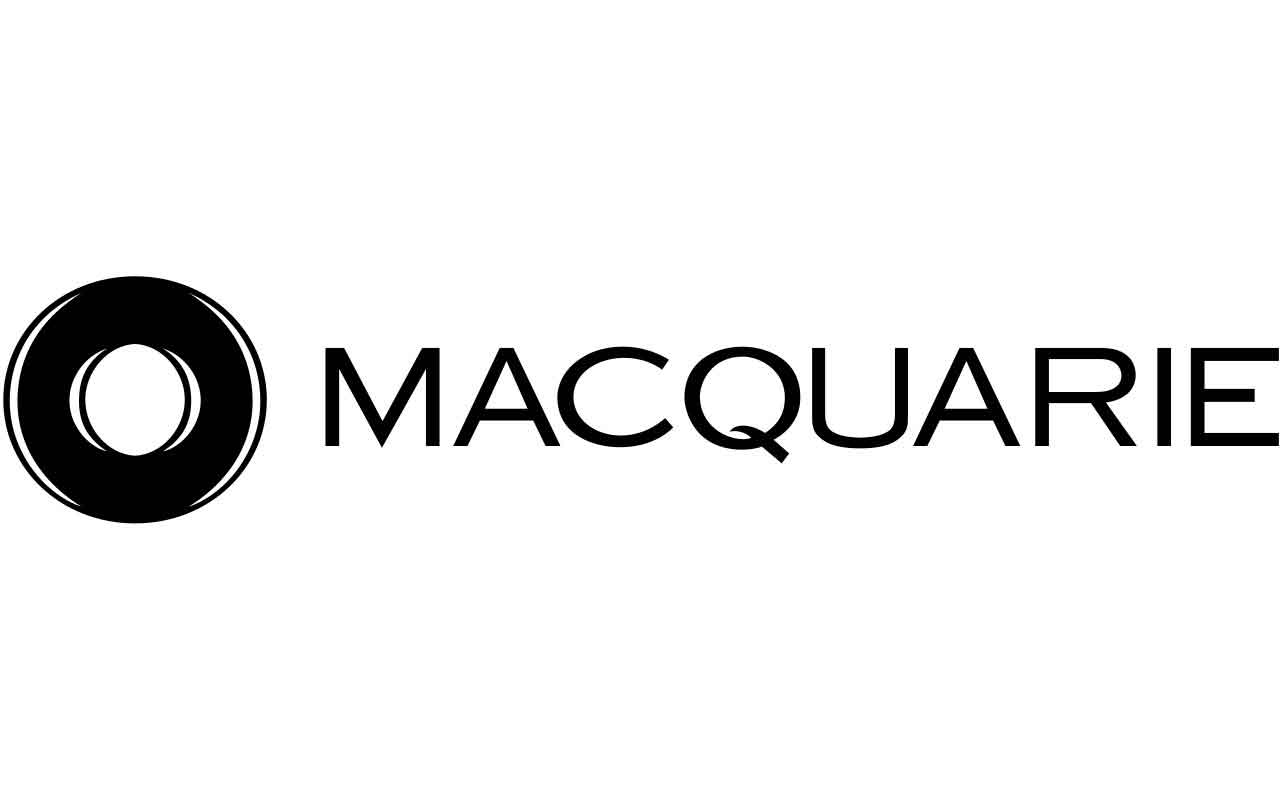
Macquarie Infrastructure Company
- Market value: $3.7 billion
- Dividend yield: 9.2%
Up next is Macquarie Infrastructure Company (MIC, $43.67), an infrastructure firm with a diverse portfolio including everything from oil and gas terminals to aircraft de-icing facilities. It’s a collection of gritty industrial assets that have little in common other than that they all throw off a healthy stream of recurring cash flow.
Macquarie Infrastructure is more mid-cap than small-cap, as its market value is near $4 billion. But it’s still small enough to be off the radar of most investors.
This is particularly true after what happened about a year ago. Macquarie Infrastructure took some of its energy terminals temporarily offline to repurpose them. Being conservative, management decided to temporarily reduce the dividend by about 31%, too, but they telegraphed the cut very poorly and investors didn’t take it well. As a result, the share price dropped more than 40%.
MIC has recovered from its lows, but the stock still is well below its levels of a year ago, and it yields a very attractive 9.2%. Many investors are wary of this stock right now after getting burned by the dividend cut. But that creates a fantastic opportunity for the independent-minded investor looking for a substantial yield.
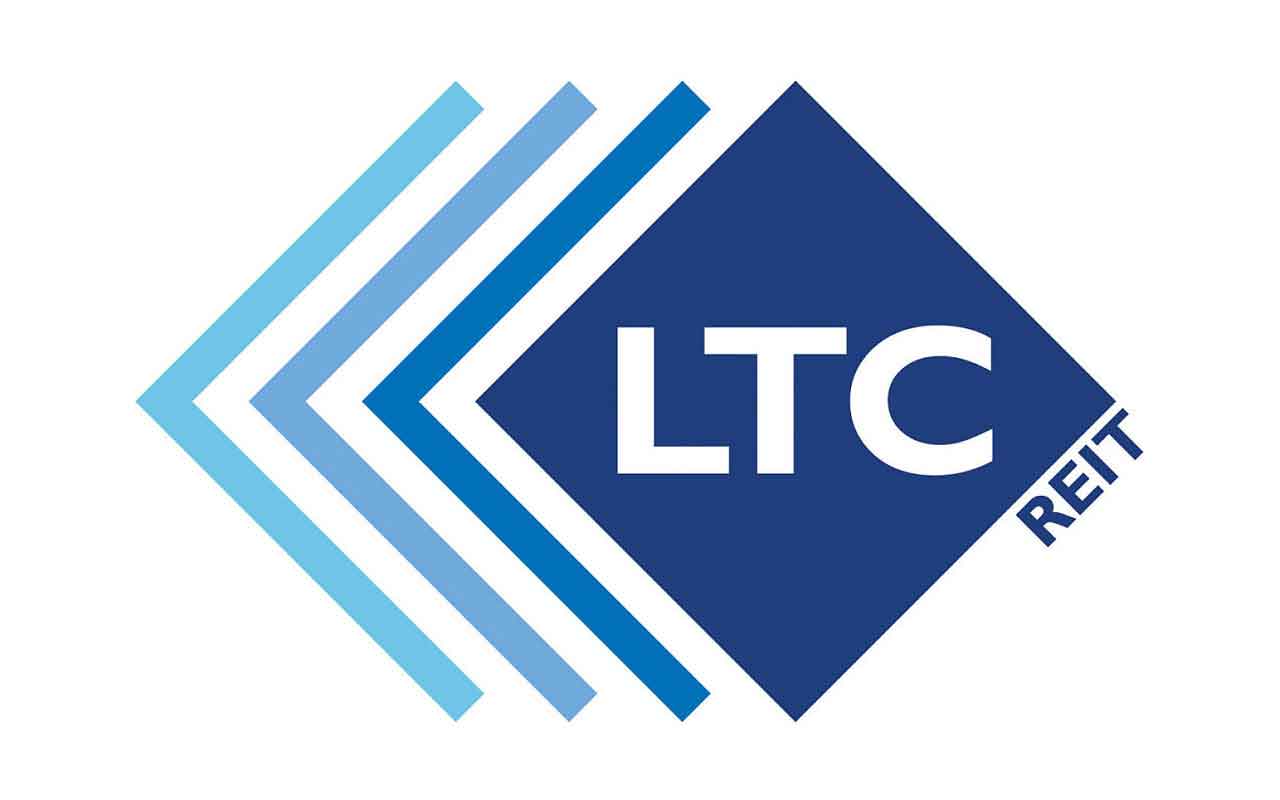
LTC Properties
- Market value: $1.9 billion
- Dividend yield: 4.8%
Most investors should be familiar with the basic demographic trends facing the country. We all know that the baby boomers are aging, and that the graying of this massive generation will create both challenges and opportunities.
Well, small-cap REIT LTC Properties (LTC, $47.42) is in an excellent position to take advantage of those opportunities. A little more than half of LTC’s portfolio is invested in skilled nursing properties with most of the remainder invested in assisted living.
It’s important to note that LTC doesn’t actually operate nursing homes or long-term care facilities. LTC is a landlord that collects rent from the operators. That’s an important distinction. As a landlord, you don’t need your clients to be wildly profitable. You just need them to be able to afford their rent.
All of LTC’s leases are “triple net,” meaning that the tenants are responsible for paying all taxes, insurance and maintenance. If a toilet breaks or the building needs a new coat of paint, that’s not LTC’s problem. It’s the operator’s problem. That leads to much more predictable and reliable income.
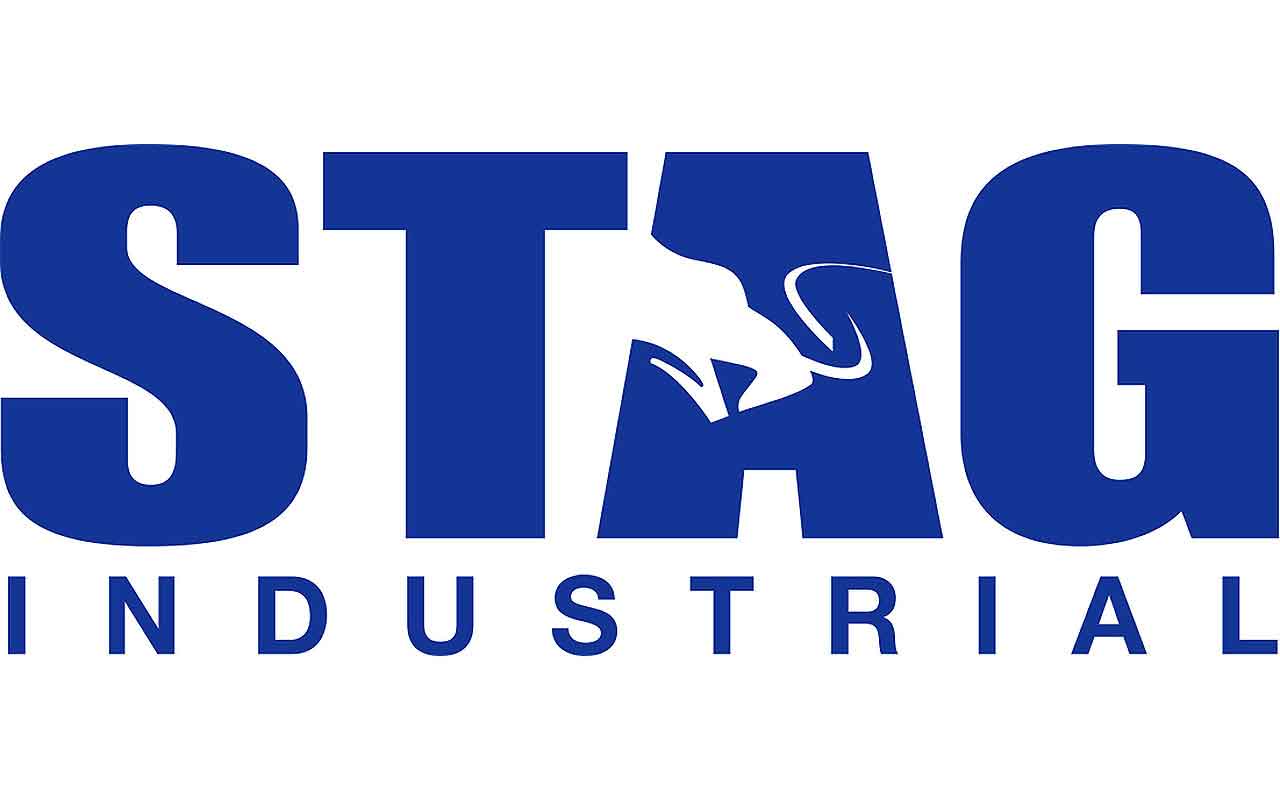
STAG Industrial
- Market value: $3.3 billion
- Dividend yield: 5.0%
Industrial REIT STAG Industrial (STAG, $28.74) is just a little too big to be considered a true small cap. But with a market cap of just $3 billion, it’s still small enough to be overlooked by most investors.
“STAG” stands for “single tenant acquisition group,” and that accurately describes the REIT’s business model. STAG acquires single-tenant properties in the industrial and light manufacturing space, such are warehouses or distribution centers.
These are not sexy, high-profile properties by any stretch of the imagination. But that’s exactly what makes them attractive. Gritty industrial properties require very little in the way of maintenance or upkeep, and the cap rates on these types of properties tend to be higher. They’re essentially cash-flow-generating machines.
STAG’s dividend yield at current prices is a modest 5.2%, and as a nice bonus it also pays it out monthly rather than quarterly. STAG also has been a reliable dividend raiser, hiking its dividend a cumulative 33% since 2012.
There is nothing exciting about STAG Industrial, and that’s OK. It’s a quiet dividend machine most investors are never likely to stumble across.
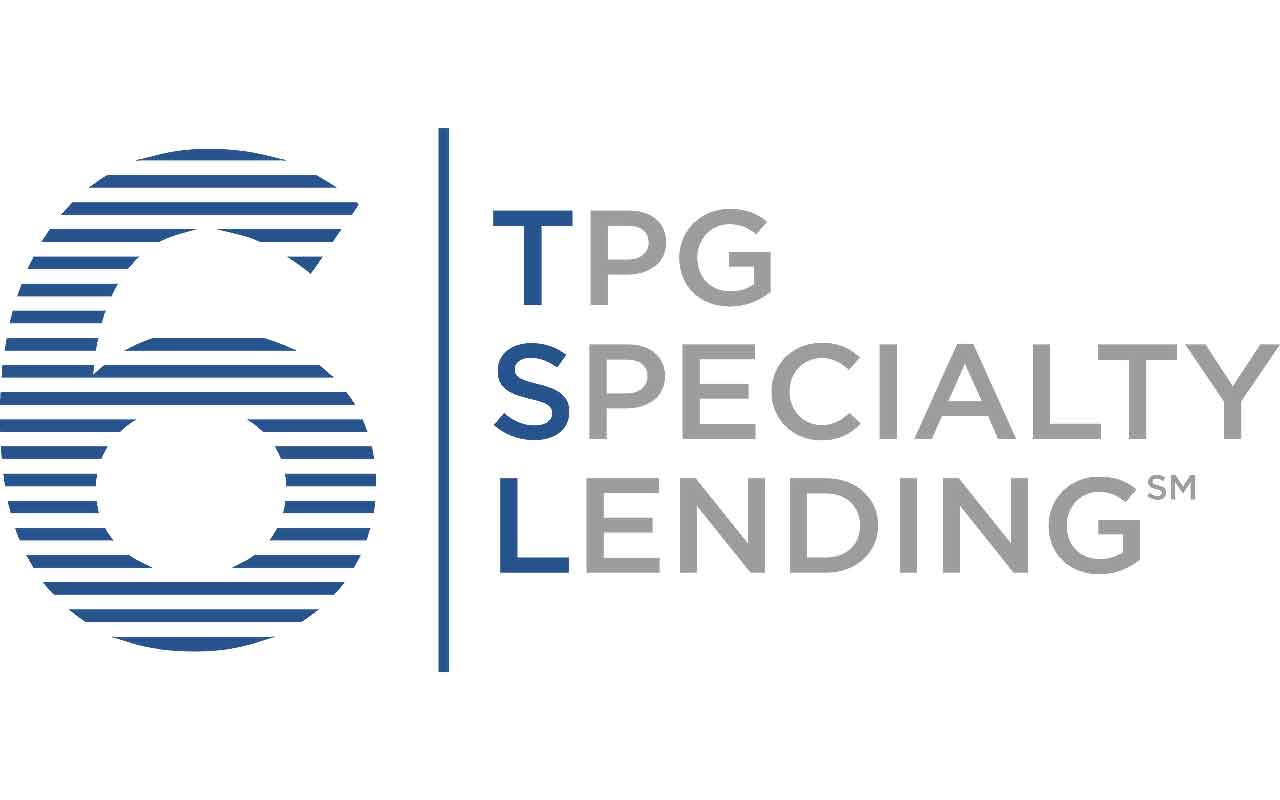
TPG Specialty Lending
- Market value: $1.3 billion
- Dividend yield: 7.6%
Let’s switch gears away from REITs for a minute and move on to another high-yielding sector that tends to get overlooked by a lot of investors: business development companies (BDCs).
BDCs are similar to REITs in that they avoid corporate taxation so long as they distribute the vast majority of their profits as dividends. This helps to explain why these are generally some of the highest-yielding securities you’re likely to find in the traded markets.
BDCs essentially do what banks used to do back when banks actually lent money. They provide financing to existing and up-and-coming businesses. This financing can be debt, equity or a combination of the two.
One particularly interesting BDC is TPG Specialty Lending (TSLX, $20.49), a $1.3 billion company headquartered in San Francisco.
Substantially all of TSLX’s portfolio is invested in first-lien debt, which makes the company much more conservative than its peers. First lienholders are always the first to get paid. In the worst-case scenario, when a company declares bankruptcy, the equity holders tend to get wiped out, as do many of the subordinate lienholders. But the first lienholders generally will recover at least a decent piece of their investment.

Apollo Investment Corporation
- Market value: $1.1 billion
- Dividend yield: 11.8%
Along the same lines, we have fellow BDC Apollo Investment Corp (AINV, $15.32), a $1.1 billion company. While you’re unlikely to have come across Apollo Investment Corporation, you’re probably familiar with their manager, private equity powerhouse Apollo Global Management (APO).
As of their most recent filings, AINV managed a portfolio of 98 companies; 57% of the investments were in first-lien debt, and 97% of its debt investments have floating rates.
Apollo Investment Corporation operates as part of Apollo’s Direct Origination Platform, which provides full-service debt solutions to American middle-market companies. These are firms that tend to be too large for traditional bank financing but not quite large enough for a public debt or equity offering.
Apollo’s direct origination focuses on niche markets with high barriers to entry where Apollo can really show its expertise.

Eaton Vance Limited Duration Income Fund
- Market value: $1.5 billion
- Distribution Rate: 6.4%*
For our final pick, let’s switch gears again to closed-end funds (CEFs). For the uninitiated, CEFs are mutual funds that trade on the stock market. When you want to invest, you don’t send the manager money as you would with an open-ended mutual fund. You simply buy the shares in your brokerage account the same way you’d buy a stock
In this way, they’re similar to exchange-traded funds. But they’re also very different. ETFs can never deviate much from their net asset value (the value of their portfolio minus any debt) because institutional investors have the ability to create or destroy shares to “force” the price back to net asset value.
Closed-end funds don’t have that mechanism. The number of shares is fixed. This can create some interesting situations in which the share price is wildly higher or lower than the value of the underlying portfolio. Whenever the shares trade at a deeper than usual discount to net asset value (NAV), this has often been an attractive time to buy them as the discounts tend to shrink back into their normal range.
One CEF trading at deep discount today is the Eaton Vance Limited Duration Income Fund (EVV, $12.57), a fund specializing primarily in senior loans, but also investing in mortgage-backed securities and junk debt, with sprinklings of other fixed-income assets.
At today’s prices, the fund trades at a gaping 12% discount to net asset value, meaning you’re getting a dollar’s worth of income-producing assets for just 88 cents.
EVV sports a current distribution rate of 6.5%, which is very competitive with bond yields where they are today. But the fund’s skilled management and high distribution does come at a price – 2.3% in total annual expenses.
*Distribution rate can be a combination of dividends, interest income, realized capital gains and return of capital, and is an annualized reflection of the most recent payout. Distribution rate is a standard measure for CEFs.
Charles Sizemore was long EVV, LTC and MIC as of this writing.
Profit and prosper with the best of Kiplinger's advice on investing, taxes, retirement, personal finance and much more. Delivered daily. Enter your email in the box and click Sign Me Up.

Charles Lewis Sizemore, CFA is the Chief Investment Officer of Sizemore Capital Management LLC, a registered investment advisor based in Dallas, Texas, where he specializes in dividend-focused portfolios and in building alternative allocations with minimal correlation to the stock market.
-
 Introducing Your CD's Edgier Cousin: The Market-Linked CD
Introducing Your CD's Edgier Cousin: The Market-Linked CDTraditional CDs are a safe option for savers, but they don't always beat inflation. Should you try their counterparts, market-linked CDs, for better returns?
-
 'Humbug!' Say Consumers, Despite Hot GDP: Stock Market Today
'Humbug!' Say Consumers, Despite Hot GDP: Stock Market Today"The stock market is not the economy," they say, but both things are up. Yet one survey says people are still feeling down in the middle of this complex season.
-
 The SEC Is Concerned for Older Investors and Retirement Savers. Here's What You Should Know
The SEC Is Concerned for Older Investors and Retirement Savers. Here's What You Should KnowThe SEC focusing on older investors, retirement and college savers, and private securities. Here's how those changes impact you.
-
 'Humbug!' Say Consumers, Despite Hot GDP: Stock Market Today
'Humbug!' Say Consumers, Despite Hot GDP: Stock Market Today"The stock market is not the economy," they say, but both things are up. Yet one survey says people are still feeling down in the middle of this complex season.
-
 Stocks Rise to the Spirit of the Season: Stock Market Today
Stocks Rise to the Spirit of the Season: Stock Market TodayInvestors, traders and speculators are beginning to like the looks of a potential year-end rally.
-
 Nasdaq Leads as Tech Stages Late-Week Comeback: Stock Market Today
Nasdaq Leads as Tech Stages Late-Week Comeback: Stock Market TodayOracle stock boosted the tech sector on Friday after the company became co-owner of TikTok's U.S. operations.
-
 Cooler Inflation Supports a Relief Rally: Stock Market Today
Cooler Inflation Supports a Relief Rally: Stock Market TodayInvestors, traders and speculators welcome much-better-than-hoped-for core CPI data on top of optimism-renewing AI earnings.
-
 Nasdaq Sinks 418 Points as Tech Chills: Stock Market Today
Nasdaq Sinks 418 Points as Tech Chills: Stock Market TodayInvestors, traders and speculators are growing cooler to the AI revolution as winter approaches.
-
 Stocks Chop as the Unemployment Rate Jumps: Stock Market Today
Stocks Chop as the Unemployment Rate Jumps: Stock Market TodayNovember job growth was stronger than expected, but sharp losses in October and a rising unemployment rate are worrying market participants.
-
 Stocks Struggle Ahead of November Jobs Report: Stock Market Today
Stocks Struggle Ahead of November Jobs Report: Stock Market TodayOracle and Broadcom continued to fall, while market participants looked ahead to Tuesday's jobs report.
-
 AI Stocks Lead Nasdaq's 398-Point Nosedive: Stock Market Today
AI Stocks Lead Nasdaq's 398-Point Nosedive: Stock Market TodayThe major stock market indexes do not yet reflect the bullish tendencies of sector rotation and broadening participation.
